ThingsLog Essentials Cloud and Mobile Platform
Key Features of the Platform
Integration with 3rd party meters, loggers and gateways, and REST API for integration to other platforms. Key features of the platform are listed below:
- Device management & configuration
- Data management of meter or sensor readings
- Data analysis and visualization
- User accounts and company management
- Adaptive user-friendly UI depending on your needs
- Battery and signal level monitoring
- Consumption monitoring (incl. as a service)
How it Works
From hardware to data insights: you start with the sensors/meters on which the data logger is installed and configured. Next, the data is collected, and analyses are performed to make intelligent business decisions. Every step is well documented.
1. Installation of Data Loggers
ThingsLog multichannel data loggers are fitted to the existing water, gas, and electricity meters or too many other compatible sensors, e.g.temperature, pressure, or level sensors. Our data loggers can operate in low power mode, run on battery for 5 to 10 years, or be powered with solar panels, electricity, or hybrid mode.
2. Collect Data
Data is sent via GSM, 4G, NB-IoT, or LoRaWAN to the ThingsLog analytics platform. Our platform is a cost-effective replacement of existing AMR and AMI systems. Suitable to meter, monitor, and manage water, heat, gas, power meters, analog sensors, and ON/OFF actuators.
3. Put Data Into Action
Based on ThingsLog powerful backend, we have built solutions providing customers with an intelligent way to review and assess their consumption data, identify problems or optimization opportunities, and take timely action. We partner with businesses to help them run businesses efficiently.
In More Detail for Tech Nerds Like Us
Meters, sensors, and data loggers send data over LoRa, NB-IoT, 2G, 4G, LoRa, and Cat M to the platform. The platform receives data and controls the way the devices work and transmit. Once the data is received, it is analyzed and stored in the platform data database. If the platform determines a notification in the data, it will be forwarded to the user over email or mobile notification to the mobile app. If there is a 3rd party platform integration, the data will also be sent to the 3rd party system.
Thingslog Platform Core Components
- Backend – several services responsible for configuring the loggers, synchronizing their time, receiving the data, updating firmware, and generating notifications.
- User Interface – the component responsible for the visualization of the data configuration of the loggers, user management, and language settings.
- Database – SQL and NOSQL databases store the users, devices, configuration, and data.
- Remote node – a subset of the platform deployed typically in customer premises responsible for configuring the loggers, synchronizing their time, and pushing the data to 3rd party platforms. It contains only a configuration database and does not have the “data” database tier.
How do We Price?
Our standard pricing includes the cost of the hardware – sensors, loggers, additional accessories, international SIM where needed, and the ThingsLog platform subscription package.
ThingsLog platform is licensed on per reading bases. Reading is the data the logger receives from one sensor/meter every hour or every other period shorter than an hour that you choose to configure. For instance, if you monitor one energy meter, recording the data every hour for 365 days, these are 8760 readings annually.
Our loggers are bundled with the ThingsLog platform, which allows their active management, configuration, and firmware update. In addition, the platform takes care of the data acquisition and provides analytical tools for consumption monitoring.
API integration is available for customers using ThingsLog technology to power their platform.
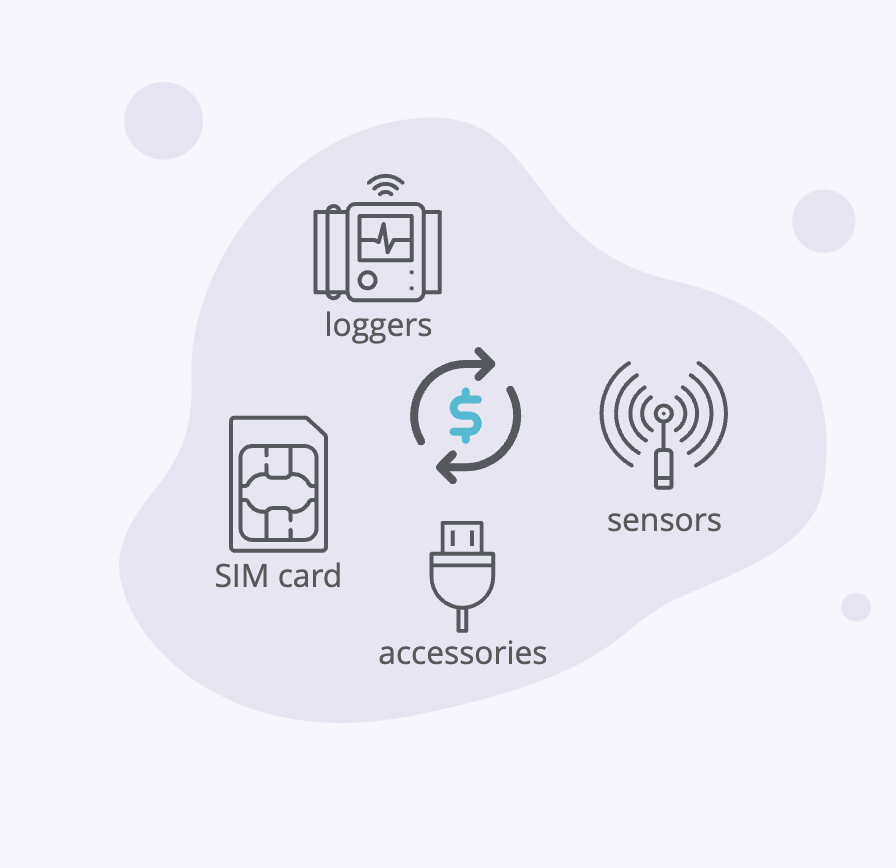

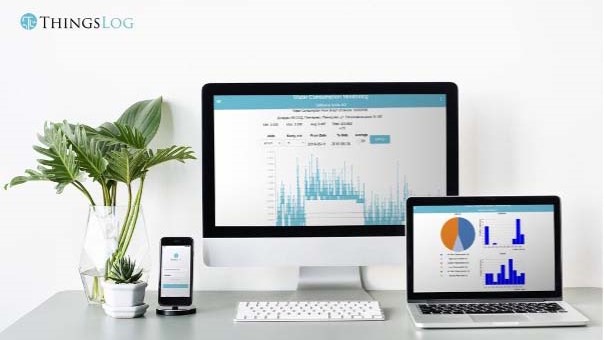

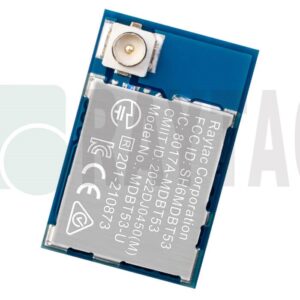

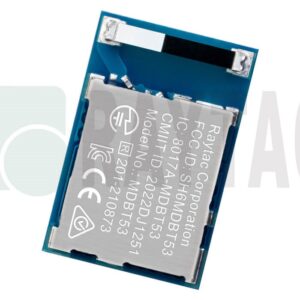
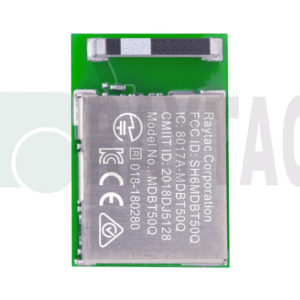

Reviews
There are no reviews yet.